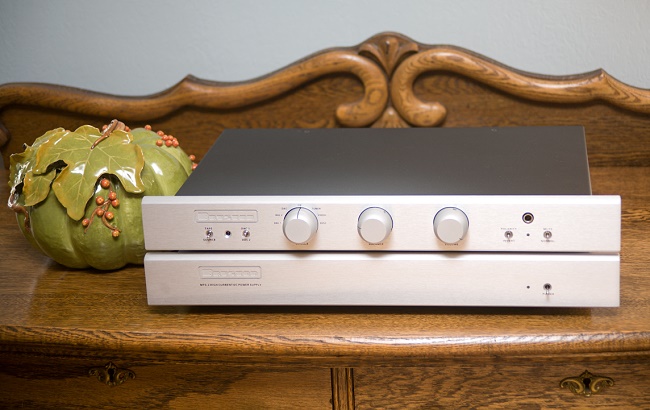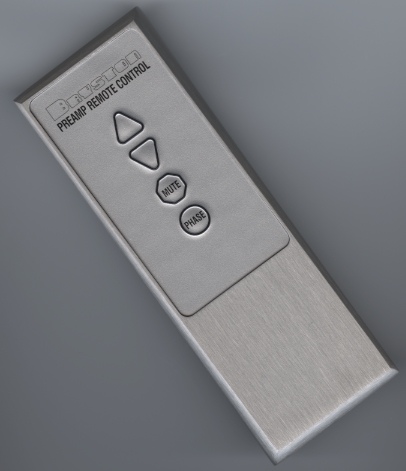Introduction
Media Servers are
exploding in sales, and wireless distribution throughout the house is the
way to go.
Most of our music is
on conventional two-channel (stereo) CDs, rather than surround sound, and
wireless music servers reflect this by being two-channel in design, having
Toslink and coaxial digital outputs, as well as two channel analog (RCA)
outputs.
The problem with
these wireless servers (so far), is that they are not audiophile-grade
quality. There is nothing wrong with them, but the high end has just not caught
up with wireless music serving yet.
Squeezebox is a typical example. For
$299 (USA) you get a box that receives music wirelessly from the media server,
converts it to analog with a built-in DAC, or forwards the digital bitstream
on to your own DAC. It also has a display screen to show you a list of music
files to choose from.
At this price, it is
really a good product, but you can imagine that it does not have top of the
line DAC chips or discrete output stages running in Class A.
Of course, you could
just send the digital stream to your receiver, but those are 5.1 systems.
What if you want to play CDs through a high quality two-channel system in another
room?
In general, high end
stereo preamplifiers don't have DACs. Rather, they just have analog stereo
inputs.
So, what can you do
to insure that the highest quality signal goes through that two-channel
system, receiving the signal from the wireless music server?
Bryston BP-26DA
Bryston, Ltd., a
Canadian manufacturer of considerable renown, comes to the rescue here. The
BP-26 is a high end solid state stereo preamplifier that has an option of including a
stereo DAC, making it the BP-26DA. So, you can connect the coaxial output on the wireless music
receiver, such as the Squeezebox, to the coaxial digital input on the
preamplifier. There are two other versions, the BP-26P and BP-26MC, which
have phono stages.
The BP-26DA
preamplifier itself has a control chassis that is separate from the power
supply (called the MPS-2). They are priced separately, but the BP-26 can't
operate without the power supply. It is just that the MPS-2 can be used with
several other Bryston products, so it is also sold with those products.
Also, if you have the older BP-20 or BP-25, the MPS-2 could be purchased as
an upgrade. The
power supply has 68,000 µF of capacitance and is
designed for high current output.
In the photo below,
you can see the control unit sitting on top of the power supply. There are
toggle switches to select from two coaxial digital inputs that feed the DAC.
There is also a mute switch and phase reversal switch. A balance control
lets you tweak the left and right channel volume. The power on/off toggle is on the
power supply chassis.

The rear panels have
a large array of XLR as well as RCA connectors for inputs and outputs, as
well as the power supply jack (top left corner of the control chassis and
bottom right corner of the power supply chassis). There are actually four
power supply outputs, so you could, in practice, connect four Bryston
products to this one power supply at the same time.

The two chassis
together are heavy, which is a reflection of the large power supply. This is
very important for delivering voltage peaks during transient demands that
exist in many musical passages. In my opinion, you need at least 10 volts
RMS analog output capability from a preamplifier before clipping, via
unbalanced connections, to get the full transients, and that is a feature of
high end products, not inexpensive mass market receivers. The BP-26 is
capable of delivering 15 volts through RCA and 30 volts through XLR outputs.

The BP-26 comes with
a very nice remote control that is typical of the current trend in the high
end: all metal and quite heavy. It has buttons for volume, mute, and phase.
Simple.
Go to Part II.